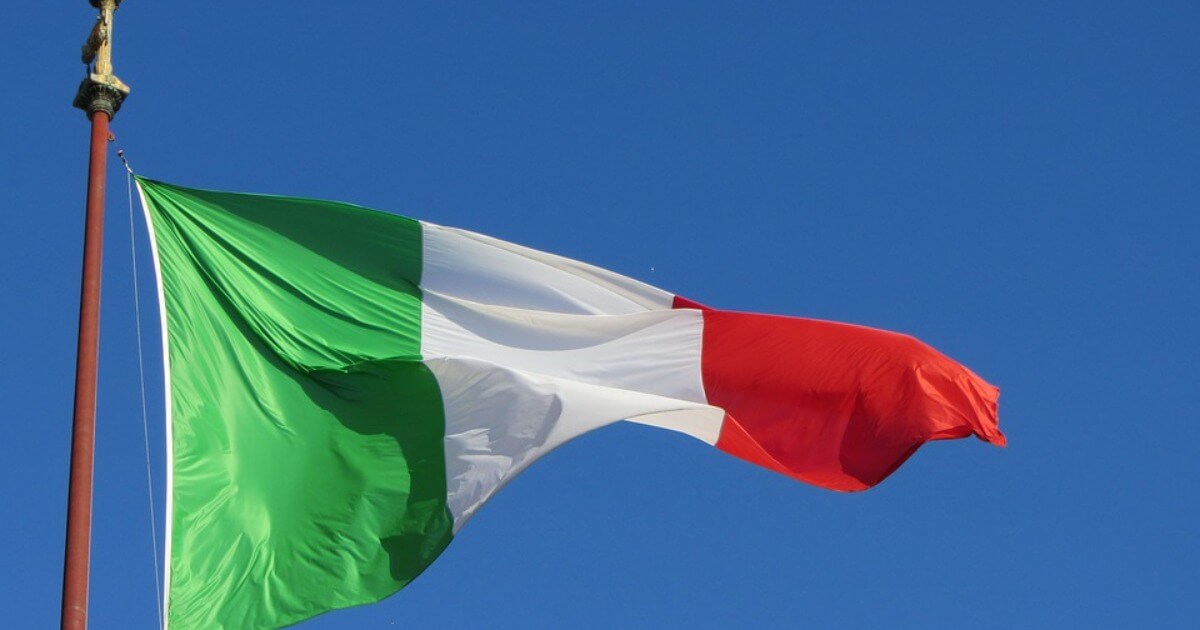Italy: The Least Bad Outcome
Sergio Mattarella stays on as president, Mario Draghi remains prime minister. For Italy and Europe, this is the least bad outcome of Italy’s presidential election.
February 1, 2022

No change in Rome. Sergio Mattarella stays on as president, Mario Draghi remains prime minister. For Italy and Europe, this is the least bad outcome of Italy’s presidential election. Markets should like it, too.
Seven rounds to get there
Still, the election process leaves scars. Sergio Mattarella (at 80 years of age) had not sought a second term. He only agreed to continue in the office after the electoral college had failed seven times to find a majority for any other candidate.
Mario Draghi, even though already 74 years old (and hence at a very “presidential” age) had to drop – or postpone – his apparent ambition to move up from his current political ejection seat as prime minister of a shaky “big tent” coalition to a secure seven-year stint as Italy’s next president.
Italy’s brittle governing coalition
Worse, the search for a president has exposed and deepened the divisions between the Italian political parties that are formally backing the technocrat Draghi.
The coalition of all major parties except for the ultra-right “Brothers of Italy” seems as brittle as it is broad.
It could have been worse
Apart from Mattarella himself, no other Italian policymaker enjoys the reputation of “super Mario” Draghi in Italy.
Draghi is still needed as reform champion
If Draghi had switched to the Quirinale (the presidential palace), he might still have been able to prevent new elections ahead of the regular vote in spring 2023.
But as president, Mr. Draghi could no longer have set the government agenda. Any successor as prime minister would have found it even more difficult to garner support for the often- unpopular pro-growth reforms which Italy needs more than any other country in the Eurozone.
Also, if Mr. Mattarella had not agreed to stay on and the electoral college had settled on a candidate other than Draghi, his authority as prime minister could have been weakened even more.
A good start
As prime minister since February 2021, Mario Draghi has made a good start. He has steered Italy rather well through the recent waves of the pandemic, deftly accelerating the vaccination campaign.
He has also spearheaded some of the judicial and administrative reforms which Italy needs to become a better place to invest and create jobs.
Italy’s fiscal window of opportunity
But much more needs to be done. Italy still has a window of opportunity to fix its problems. For now, the fiscal situation is unusually comfortable.
€69 billion in grants from the European Union help. The government can spend money to improve the infrastructure and sweeten the pains of reforms.
Debt service is no big issue (yet) as the European Central Bank has gobbled up the entire increase in the public debt of Italy (and almost all other Eurozone members) since 2016.
Ahead: Higher interest payments for Italy
However, the window of opportunity will not last. The ECB will likely stop its net asset purchases in early 2023 and begin to shrink its balance sheet by no longer replacing all maturing bonds in 2025.
Until then, rising yields will not yet show up in higher interest payments for Italy – see chart below. But that looks set to change shortly thereafter.
If Italy has not improved its trend rate of growth of approximately 0.5% per year visibly by then, the specter of a debt crisis could come back to haunt Italy and Europe in the second half of the 2020s.
More headwinds for Draghi
In late 2021, Mario Draghi already struggled more and more to get reforms done. With the 2023 parliamentary election in sight, parties forced him to water down his proposals.
Also, the rank and file in major parties of his coalition are restless. Draghi may not be able to rely on party leaders to feel the pulse of parliament.
Conclusion
Mario Draghi’s power to push for more change, and to make sure that reforms are not obstructed in the implementation, will be limited.
In the next 15 months, Draghi will need all his “super Mario” qualities to build on the progress he has already delivered. Outcome open.
Takeaways
If Sergio Mattarella had not agreed to stay on as Italy’s President and if the electoral college had settled on a candidate other than Draghi, the latter’s authority as prime minister would have weakened.
Mr. Draghi is needed as Italy’s prime minister to garner support for the often-unpopular pro-growth reforms which Italy needs more than any other country in the Eurozone.
Mario Draghi, even though already 74 years old – and hence at a very “presidential” age – had to drop – or postpone – his apparent ambition to secure a seven-year stint as Italy’s next president.
Italy still has a window of opportunity to fix its problems. For now, the country’s fiscal situation is unusually comfortable. It has received sizable funds from the EU – and interest rates are still low.
The specter of a debt crisis could come back to haunt Italy and Europe in the second half of the 2020s.

